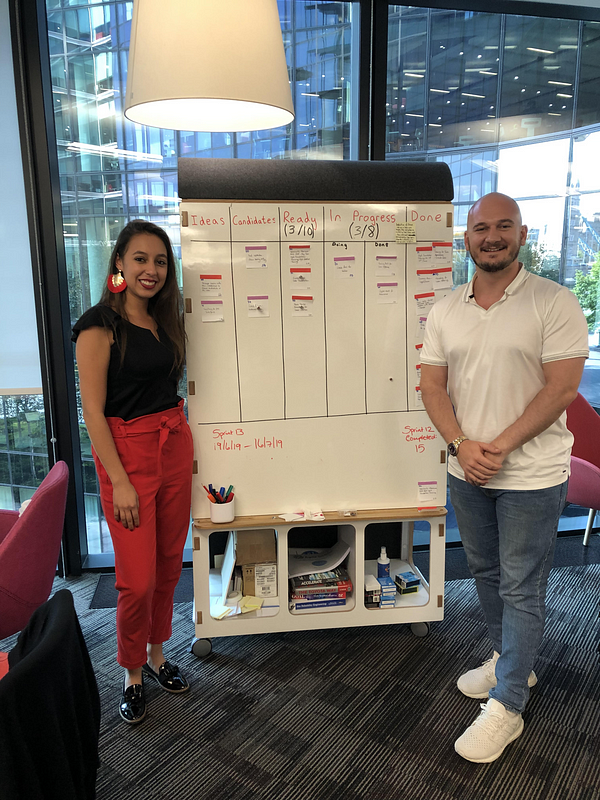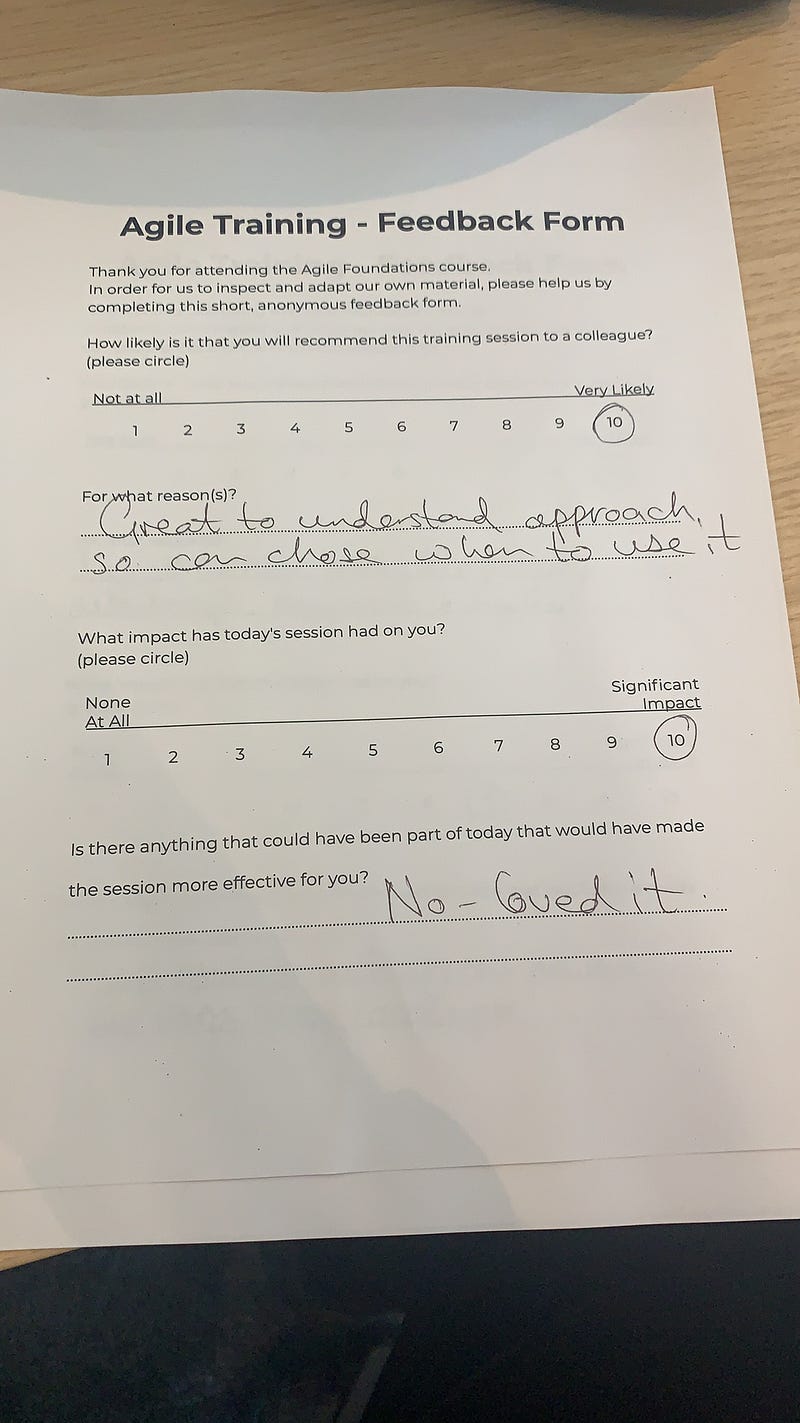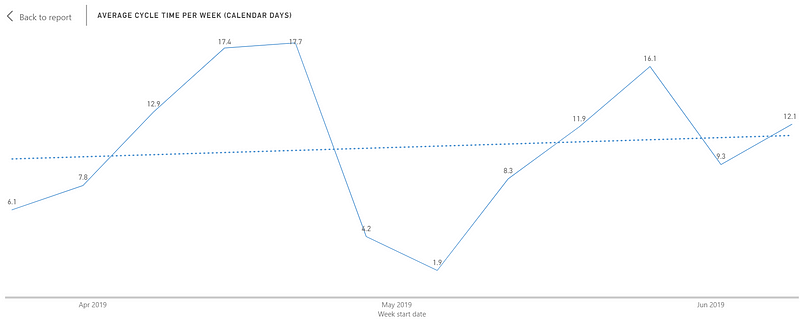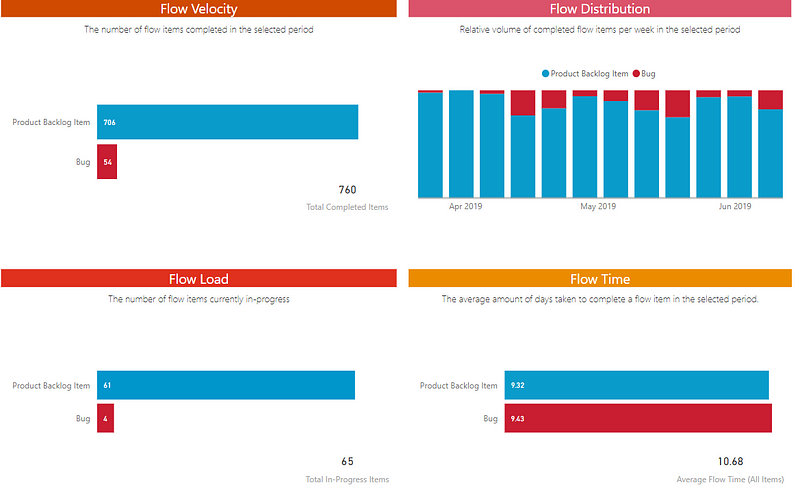Project to Product
This week we’ve been spending a number of sessions building out what our future IT delivery model looks like, with the focus on shifting from project thinking to aligning products teams around services we offer to the organisation. Building on last weeks notes, the current working definition we’ve gone with on the Product front is the following:
Product — a product is a tangible item that closely meets the demands of a particular market and yields enough value to justify its continued existence.
It is characterised by its benefits, features, functions and uses that satisfy needs of the consumer.
With this, we feel some taxonomy is also needed around what types of products we offer, with the below being what we currently define as offerings:

Now, we’re still learning through incrementally moving towards the model but kudos must be given to Government Digital Service (GDS) material available online. The role descriptions and skills needed with positions such as a Delivery Manager, Product Manager, Business Analyst and Service Owner are all roles we envisage to feature prominently in our new teams and services, so it’s great to have some material out there to build appropriate roles and (more importantly) career paths for our people.
The biggest area of challenge I foresee at the moment is around Product Management, with this being a skill that across the whole organisation we’re not great at. A blend of hiring experienced PM’s and upskilling the majority is likely the route we’ll take to address this. Look out for future posts on the rest of the delivery model as we learn and iterate in the coming months/years…
Goal Setting
With it being summer holiday season, it’s the annual “goal setting” period for everyone in the organisation. I’ve found it hard to formulate my goals this year, not so much with what I want our focus to be on as a team, but more the measurement aspect that comes with goals. My goals are currently a blend of launching new ways of working (through product teams), reducing batch size/managing portfolio WIP around ‘old ways of working’ (projects), moving towards certified trainers within our team and finally a personal goal around being a career coach for a couple of our newly promoted managers in IT.
The notion of setting annual goals is a problematic one I find as a practitioner, drawing parallels with big up front planning akin to a waterfall world. Thankfully I work with a career coach who is pragmatic around my goals and allows me to tweak them where appropriate.
It was great to see a member of our leadership team share their goals around committing to have N teams (exact number still TBC) having implement continuous delivery within the performance year, especially as that really is the ‘hard stuff’.
Reflection
This week, myself and Andy had a call with a member of our Assurance team who wanted a demonstration around some of the things we had implemented as part of formulating the Lean PfMO within our IT organisation. The call went really well with them being impressed with some of the things we’d done around prioritisation of work using our rough RoI calculator, the visualisation of work using a portfolio kanban board and the empirical nature of monitoring progress using flow metrics. It made me reflect on when myself and Andy first started working together a couple of years ago, and how our own working relationship has developed, as well as the improvement of his own understanding and knowledge around Agile ways of working and portfolio management. With my primary focus being on where I feel we need to be and how far away we are from that, it’s easy to forget just how far we’ve come from where we once were. Some of the things we have implemented so far have gone really well and are a far cry from a large majority of people in our organisation who still rely on techniques such as spreadsheets to manage their work. Much like these posts, reflecting on how far you’ve come can help motivate, in particular during times of frustration.
Next Week
Next week I’m looking forward to meeting one of our new Consulting directors, who is focused in particular on Agile ways of working using SAP and cloud in the FS sector. I’ve already helped him this week get a Kanban board setup for his current team (rare to get someone proactively wanting one!), so hopefully it can be a mutually beneficial chat :)
With a few gaps in the week I’m hopeful I can finally make a start on our 2-day ICAgile Certified Agile Fundamentals course, which we plan to start offering from October this year.


















